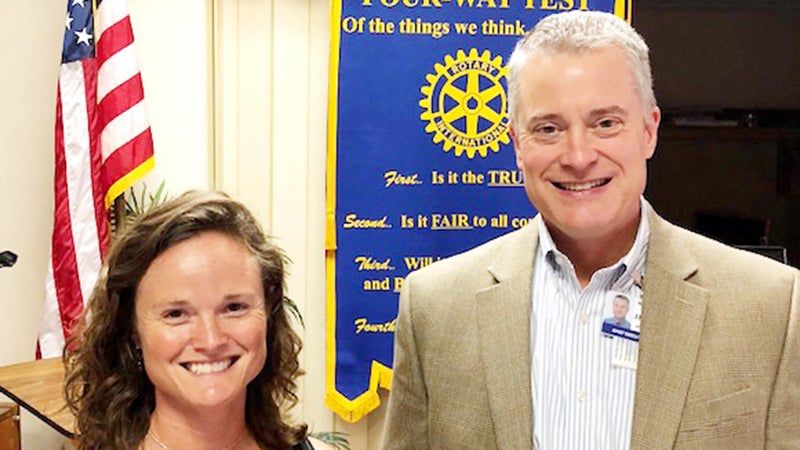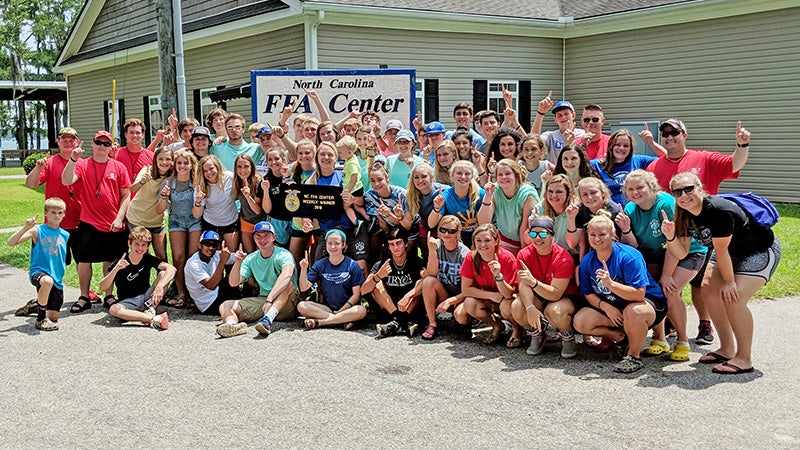Conservation Corner: Maybe we can judge a book by its cover
Published 8:00 am Thursday, June 28, 2018
Once again, I’d like to talk about Chocolate Drop.
It will be hard to put the lessons learned over the past five years in 700 words or less, but I’ll do my best. By the summer of 2013, many people were trying to figure out what to do to mitigate, if possible, the problems of Chocolate Drop.
The Polk County Community Foundation granted Pacolet Area Conservancy funds to purchase lots as they came into foreclosure and to pay legal fees for possible donations, but not much happened that year. At the same time, on behalf of Saluda Community Land Trust, I contacted banks that were foreclosing on several of the Chocolate Drop lots.
I wrote letters to those banks to see if they would be interested in donating the lots to SCLT, since no one was bidding on the foreclosures; no one wanted to be part of an ongoing lawsuit. None of the banks responded.
In 2014, Bank of America put lot No. 13(resulting from a foreclosure with no buyer) up for sale. SCLT asked the PCCF if it would be willing to fund acquisition of that lot, and the answer was a big “YES.” So, SCLT bought the lot for $1,700.
After that, things began to happen. SCLT submitted a grant request to purchase lots in foreclosure; then the ball started rolling.
Over the next four years, with the support of PCCF, SCLT acquired 27 lots totaling 73 acres, which includes just about the entire top of the mountain. Although it might not happen instantly, the long-term benefit of the partnership between PCCF and SCLT will be a nature park with trails leading to the awesome view from the top of Chocolate Drop Mountain for all residents to enjoy.
What I really want to talk about in this column are the people who I have dealt with over these past five years.
You may know that all the Chocolate Drop lots were sold between May 2007 and August 2007, when the real estate market was booming.
The buyers were of two specific types: investors who wanted to diversify their financial portfolio by investing in the booming real estate market; and professional people who were still working but who were looking for a rural, quiet place to retire.
Now, we’ve always heard that you cannot judge book by its cover, but in this case, that might not be true.
Investment in today’s terms equals money to be gained. Both the developer and the investors bought those lots because they figured that they could make money.
When the NC Division of Water Quality issued a “Cease and Desist” order in August 2007, the developer of the land quickly transferred all Chocolate Drop monies from its North Carolina LLC to an LLC in another state, and declared bankruptcy in 2010. The same was true of most of the folks who bought the lots for investment: they got rid of them as quickly as possible and took the loss in value off their taxes.
In short, the investors had no real interest in Chocolate Drop Mountain and Columbus other than the amount of money they could make off of their investment. It was all about the money, and nothing more. It is no different than investing in stocks or gold.
The last category of Chocolate Drop lot owner belongs to the people who want to build a home and retire here. As you might guess, they are all from flat land who did not foresee possible erosion problems.
But, many of these lot owners persevered these past 10 years, making their monthly mortgage payments, hoping that someday they would be able to realize their dream: to retire, build a home and become part of the Columbus/Polk County community. My favorite response from one of those faithful lot owners, when SCLT told him that the remaining lot owners now have control of the development and North Carolina had terminated the lawsuit against them is “I feel like a 600-pound gorilla that I have been carrying around for 10 years has just been lifted off my back.”
These lot owners are beginning to figure out how they can start the process of cleaning up the mess so that they can build their dream home at the bottom of the mountain and help SCLT create a park on the top half of the mountain. These lot owners are creating restrictive covenants to allow for walking trails, small homes, wooded lots and open spaces. They want to be a part of our community, plain and simple.
And this is the most important word: community. Without the support of the Polk County Community Foundation, none of this would have happened. Without Saluda Community Land Trust, it would not have happened. Even without the NC DWQ, it would not have happened.
And, without help from the neighbors, kudzu would cover the entire mountain.
Now, the town of Columbus is doing everything possible to help these landowners make the best future possible for both the individuals involved and the local community. What I’m trying to say is that the cover on the book we want to read right now is not “Investments for Financial Success,” it’s “Community for Quality of Life.”
It’s a good read!




